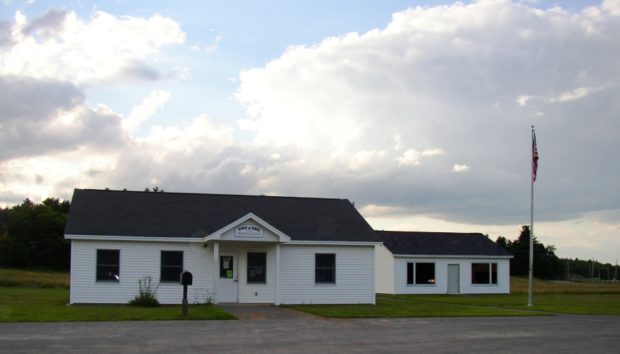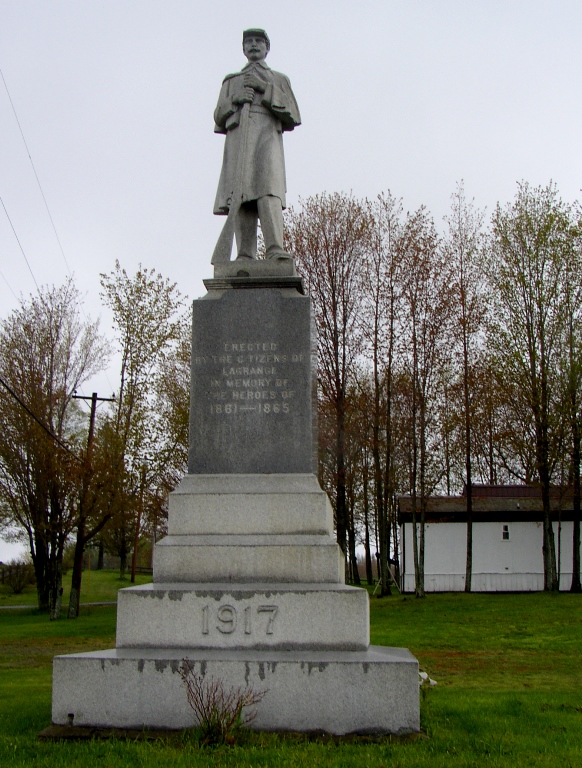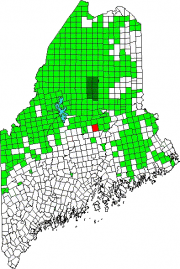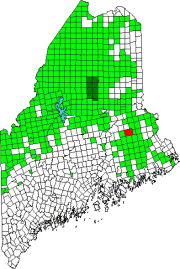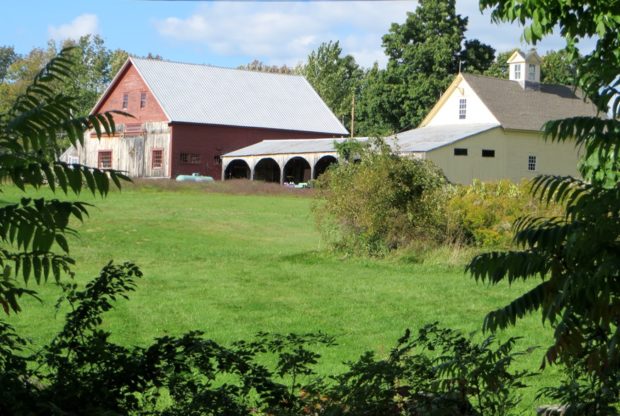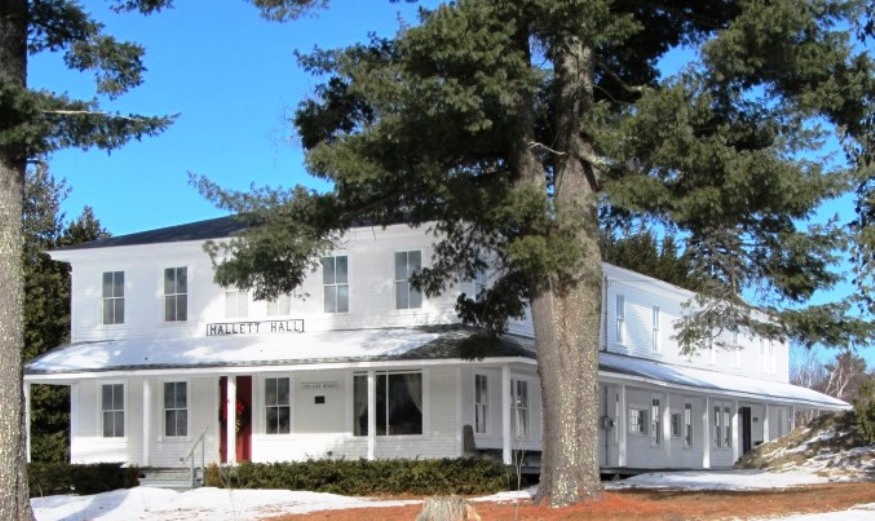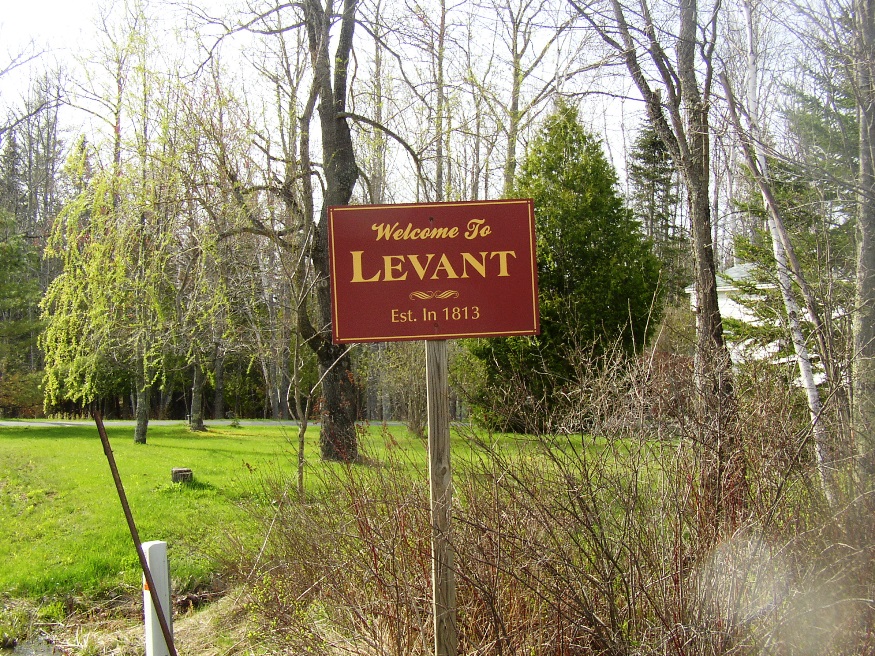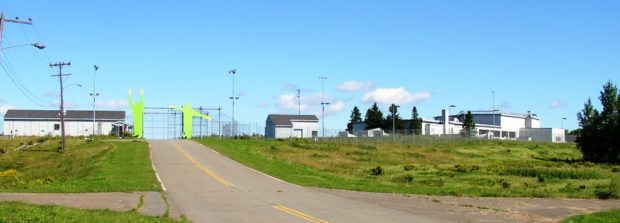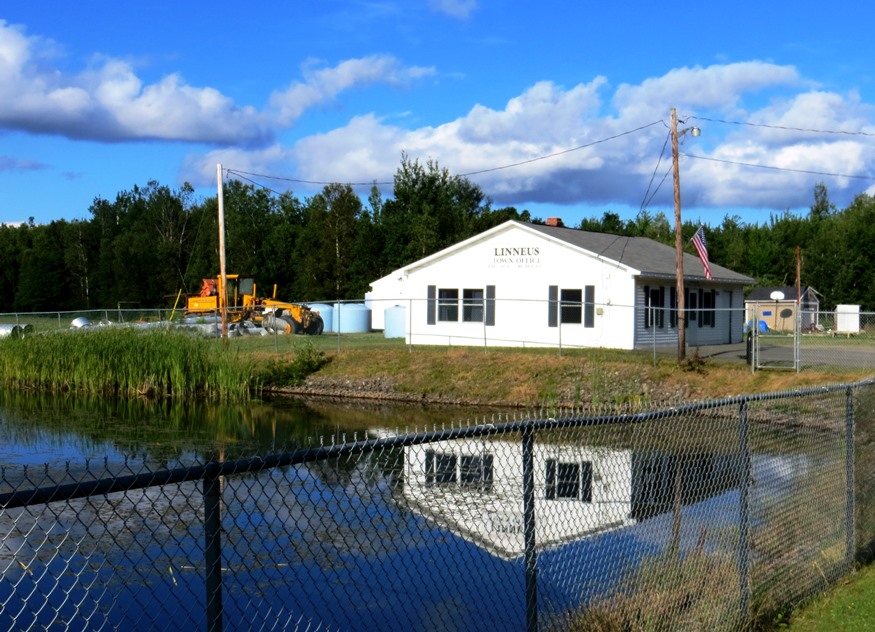
Lewiston Falls, on the Androscoggin River between downtown Lewiston and neighboring Auburn, its “twin” city, was a fishing source for Native Americans. Recently, a park has been developed at the site of the falls, known as Great Falls, and one of the old mills, now a housing complex, that once thrived on its power. The great demand for manufacturing labor in the 19th century drew large numbers of French speaking people from Canada and northern Maine. From 1970 to 2000 the city’s population was again in decline. In 2010 it grew by about 1,000. This time another ethnic group, Somali refugees, were instrumental in the recent growth.
